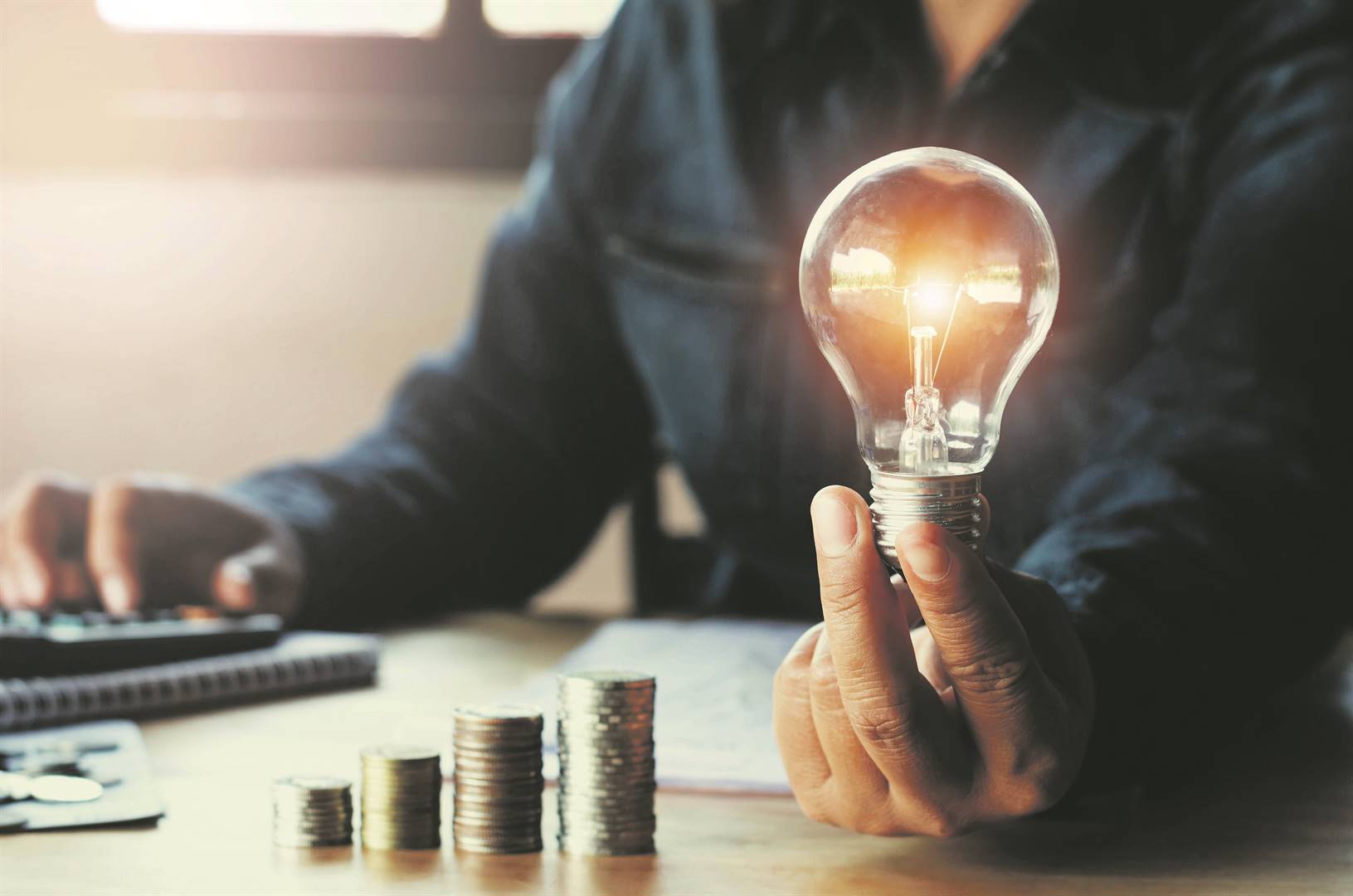
In these tough economic times, we need to start using energy more efficiently for our wallets and for the planet, writes Michael Franze.
With the new electricity rates that kicked in on July 1 increasing municipal electricity cost by about 13% to 16%, understanding how electricity tariffs work is the first step towards taking charge of your spending.
Unfortunately, the exact details of how any particular electricity bill is calculated can be so complex that it’s difficult even for experts to understand.
In the long term, the real solution is for Eskom, municipalities and the National Energy Regulator of SA to design simpler consumer tariffs. But in the meantime, there are three basic pieces of information that can help consumers to make sense of their electricity bills.
ESKOM OR MUNICIPALITY?
Firstly, your charges will vary depending on where you live. If you get your power directly from Eskom, which is the case in many rural areas and in Soweto, for example, you will be charged according to a different system than if you get your electricity from a municipality.
Each municipality has its own system, for example, in Cape Town people with homes valued at over R1 million pay a basic home user charge that covers the cost of keeping them connected no matter how much power they use.
Some municipalities, such as Ekurhuleni, have different tariff systems depending on how much electricity a household uses in a month.
Different municipalities charge different rates for a unit of electricity, so it’s important to check what your municipal system is.
BEWARE THE INCLINE BLOCK TARIFF
It’s helpful to understand the incline block tariff system. Basically, this means that the more electricity you buy in a month, the more you pay per unit of electricity.
In the case of prepaid customers, it has nothing to do with how much you actually use – the cost is purely based on how much you buy.
Electricity is one of the rare cases where it’s really not a good idea to buy in bulk. Rather buy from week to week or buy just enough at the beginning of each month to keep you going.
It’s cheaper to top up with a few units at the end of each month than to buy enough to last you for two months.
HOW MUCH ELECTRICITY DO YOUR APPLIANCES USE?
Understand exactly what you are getting when you buy a unit of electricity. The terms can get confusing, but when you break it down it’s actually quite simple.
The amount of power any appliance uses, also called its power rating, is measured in watts (W) and is always marked on the packaging or somewhere on the appliance. For example, an energy-saving light bulb might use 20W and an iron would be around 1 000W or 1 kilowatt (kW).
A unit of energy that is measured in kilowatt-hours (kWh) is the amount of power you need to run a 1kW appliance, such as an iron, for one hour.
So your unit will last a long time if you’re using appliances with a low power rating or get used up really fast if you’re using more power-hungry appliances.
A good general rule is that the more heat an appliance generates, the more power it uses.
This means there are two ways to save electricity. The first thing to do is choose appliances with a lower power rating.
For example, if you leave a 100W traditional light bulb on for a whole week, which is 168 hours, you’ll use nearly 17 units of electricity. If a unit costs 150c, then it works out to about R25.50 to keep that one light bulb burning for a week.
If you change to a 4W LED energy-saving bulb, you’ll use just a little more than 0.6 units in the same week and spend about R1 – that’s a saving of R24.
The second way to save is to use each appliance for fewer hours. Fridges, freezers and alarm systems are the only things in most houses that need to be on all the time.
With everything else, the less you use the more you’ll save. Switching things like TVs and DVD players off at the wall when you’re not using them is one of the easiest ways to save.
Once you’ve switched off appliances that stay in standby mode, look at the things which use most power – stoves, ovens, geysers, kettles, irons and heaters.
For example, even the most efficient wall panel heater uses 400W an hour, which is nearly R2.50 a day if you use it for four hours. A two-bar infrared heater will cost twice as much.
Closing the curtains to keep the heat in and putting on a jersey instead of turning on the heater could potentially save hundreds of rands a year.
A wonder box to cook grains, rice, potatoes, beans and other dishes that need slow cooking saves electricity.
There are many other ways to save electricity and we should all start becoming more familiar with them.
For our wallets and for the planet, we need to start using energy more efficiently.
Franze is managing director at Citiq Prepaid




 Publications
Publications
 Partners
Partners








